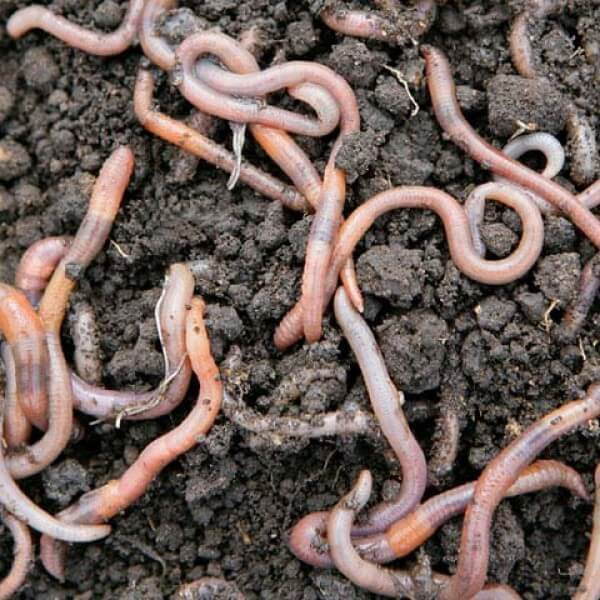Do you have healthy Soil to support your Plants?

IS IT WORTH UNDERSTANDING YOUR SOIL STRUCTURE IN YOUR GARDEN?
Sending soil samples to your local cooperative extension laboratory will save you time in how you support your plants to grow and the food that you eat. The foundation of soil in its layers, or the bedrock, is the unweather rock layer that lies beneath all other soil layers. It is the solid, stable
base upon which all other soil layers develop over time. Soil is made up of a complex mixture of minerals, organic materials, water, air, and living organisms:
Minerals: Soil minerals come from the breakdown of rocks through chemical and physical processes, as well as the action of plants and microorganisms. The most common mineral in soil is quartz.
Organic materials: These include plants, animals, and microbial residues in various states of decomposition. The percentage of organic matter in soil is a good indicator of agricultural soil quality:
- Water: Soil holds water.
- Air: Soil holds air.
Living organisms: Soil is home to a large diversity of plants, animals, and microorganisms. Microorganisms are the primary decomposers of organic matter, recycling it into humus that plants can use.
HOW TO SAMPLE: Each soil laboratory will provide information on how to sample your soil. Follow these recommendations carefully.
WHERE TO SAMPLE: Take soil samples from various parts in your garden. The key is you want to slice into the earth and collect the layers of the soil. Keep away from edges, worn paths or other areas that are not representative of the entire garden.
WHEN TO SAMPLE: You can collect samples at any time of the day. If you sample soil in April, then the following year you should also sample in April again to get good comparisons results.
Adding organic matter such as green waste and brown waste will build a healthy diet for the soil foundation. In the soil beneath your feet, there is an invisible world filled with life-and-death drama. Scientists call this world the soil food web. This web features a diversity of creatures, from microscopic bacteria, fungi, and algae to mites and nematodes, to earthworms, ants, spiders, and plant roots.
These organisms spend at least part of their lives in the soil, enriching and enhancing it as they live their daily lives. Soil food web members decompose organic matter, such as plant debris or manure. Others
convert nitrogen, a basic plant nutrient, into forms plants can readily use. When you apply fertilizer, the soil food web makes that fertilizer available to plant roots. When too much nitrogen is present, the soil food web can hold much of that nitrogen in soil in forms that are not readily available to plants, providing a microscopic fertilizer storage facility.
WHEN THE SOIL FOOD WEB IS HEALTHY AND ACTIVE, IT CHANGES SOIL STRUCTURE. These changes create soil that can hold water and allow air to penetrate to plant roots. Members of the soil food web also break down pollutants that make their way into soil.
Soil food web components live throughout soil, but they are typically concentrated where organic matter is—usually in the top few inches of soil around the tips of plant roots. Roots release proteins and sugars, which feed bacteria in the soil. Other creatures, nematodes and protozoa, feed on the
bacteria. This part of the soil food web that takes place near plant roots helps feed plants and strengthens them to resist disease.
Developing healthy soil takes time, it may be a couple of years before you notice the benefits of using earth management practices. Rest assured beneath our feet is a vast world of creatures building nutrients for the plants, trees, shrubs, grass to thrive and be organic land care.
REACH OUT TO PETER ATKINS AND ASSOCIATES, WE SELL OUR CUSTOM
LEAF AND COW BLACK GOLD COMPOST BY THE YARD.
Contact us for more information. Bedforganicgardens@gmail.com
(914) 234-0161